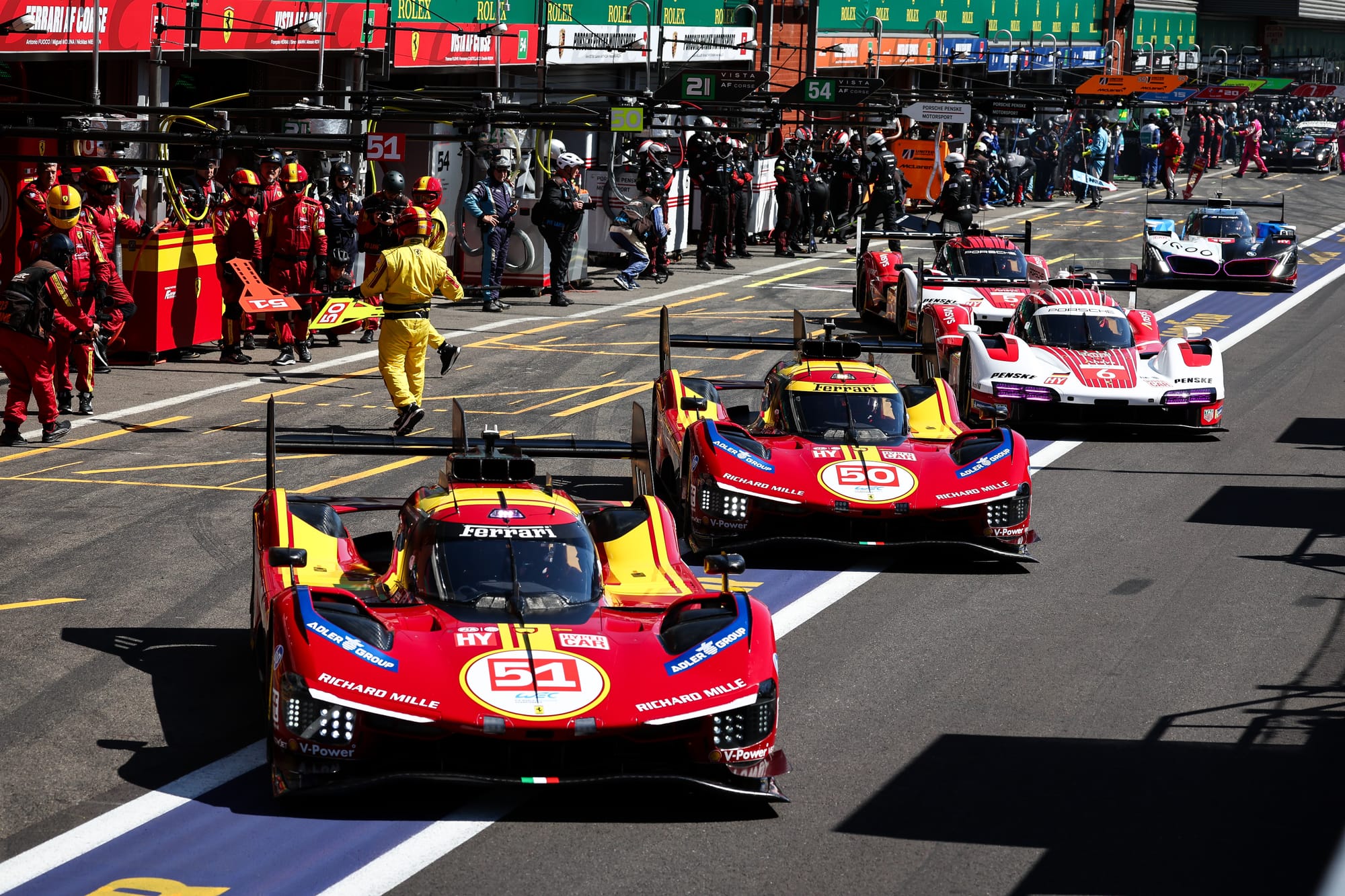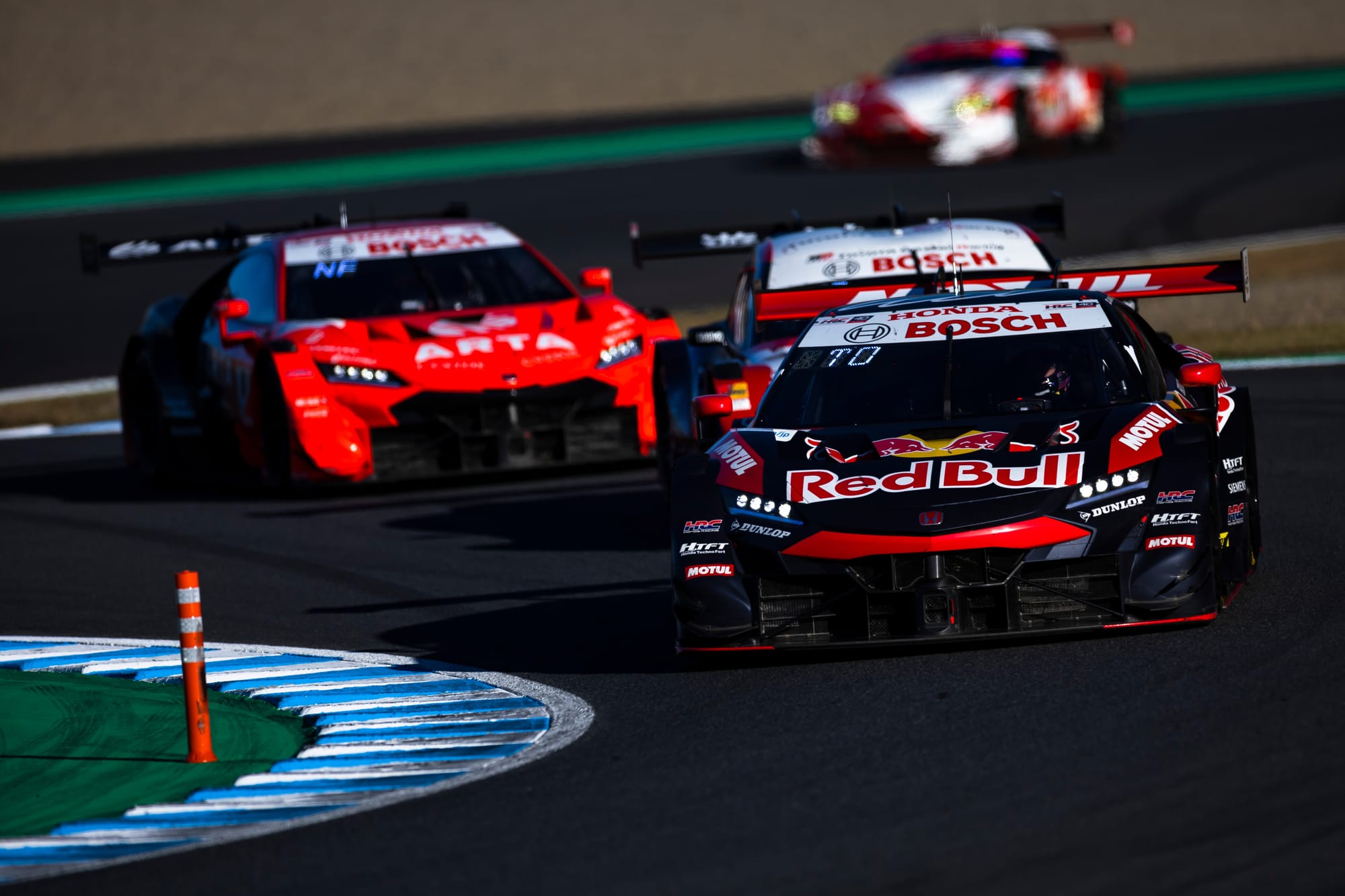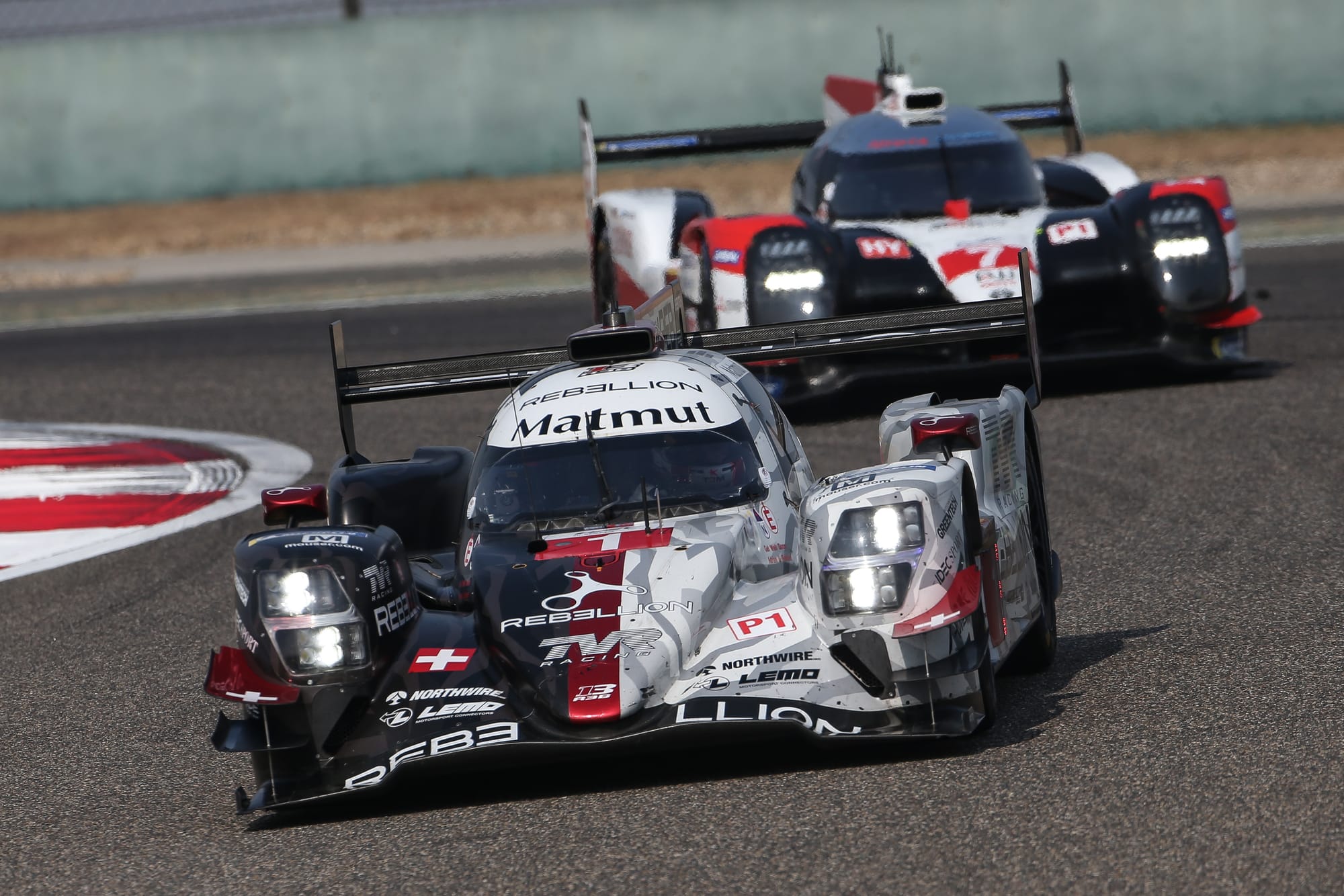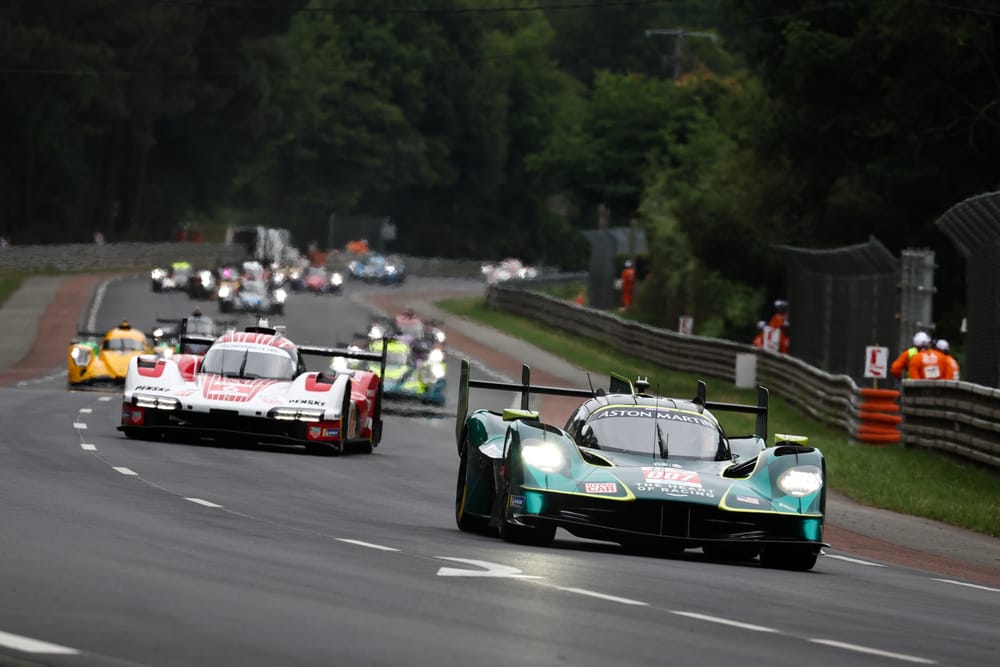Late last week, the Automobile Club de l'Ouest/FIA tandem that runs the World Endurance Championship published the 2026 WEC sporting regulations.
The headline change is the potential introduction of a success handicap system for the Hypercar class.
The organisers have confirmed to The Race that at this stage it remains under consideration and no final decision on its use has been taken.
After sounding out several contenders, it's clear the topic is divisive. Why? What exactly would this system involve? And has it proven effective elsewhere? Here's our analysis.
What has the WEC announced?
The most notable change in the 2026 WEC sporting regulations comes from Article 6.2.2, which states:
"A success handicap may be imposed for Hypercar and LMGT3 cars entered in the championship. It will be in effect at all competitions, except for the Le Mans 24 Hours.
“The calculation system will be determined by the WEC Committee before the first timed session of the prologue [pre-season test].
"This laptime handicap will be transformed into mass and/or power at ACO/FIA discretion, which will be communicated in the BoP table sent by the WEC Committee before each competition."
Every word in that paragraph matters.
How would it work?
Since the concept is still under discussion, its exact implementation has not yet been defined. However, based on the wording of the regulations and the information available, it's likely to closely mirror the system currently used in LMGT3.
Introduced for the 2019-20 season (for the former GTE Am class), it initially affected only car weight. But from this year, the governing bodies have also started to adjust power output.
The calculation system uses the results of previous races (if any have been held) and championship positions. It's computed as follows: A + B + C = success handicap (as a percentage of laptime).
A win in one of the previous two races results in a 0.24% laptime loss (0.16% for second, 0.08% for third). The maximum handicap is therefore 0.72% per lap - if a car has won the last two races and leads the championship.
That calculated laptime deficit is then converted into added mass and/or reduced power, at the ACO/FIA's discretion, and listed in the Balance of Performance table issued before each event.
What's the actual goal?

Both the 2025 WEC and IMSA SportsCar Championship seasons have suffered from one team's early-season domination, albeit for different reasons. Despite BoP adjustments, Ferrari crushed the first four WEC rounds, while Porsche did the same in IMSA, effectively settling the title fights before mid-season.
According to our information, IMSA is also considering adopting a success handicap for its GTP class.
These are exactly the kinds of scenarios the rulemakers want to avoid. The Success Handicap would serve as a complement to a revised BoP process, as ACO president Pierre Fillon told The Race a few weeks ago.
"It's not the BoP itself that caused debate this year, but the process behind it," Fillon admitted.
"Sometimes, the best is the enemy of the good. We wanted to perfectly equalise every car, and the result was an overcorrection that created performance gaps. We're working to improve the system."
Clearly, the aim for next year is to reduce this 'levelling down' effect, moving away from the current approach of trying to make all cars identical in pace. That hasn't worked, and a fix is needed. Perhaps the success handicap could play a part in that correction.
What do the teams think?
Opinions differ sharply. Each manufacturer has its own perspective and, with no decision yet confirmed, few are willing to discuss it openly.
If the success handicap replaces part of the BoP's 100% performance compensation, it's bad news for teams including Peugeot and Aston Martin, whose cars already run at minimum weight and maximum allowed power just to stay competitive.
At Fuji, for example, both the 9X8 and Valkyrie were 39kg lighter than the Toyota and Ferrari, while enjoying 40kW more power than the 499P below speeds of 250km/h.
"This [potential new] system has proven effective," one insider told The Race under anonymity. "It's purely results-based, objective, and leaves no room for interpretation or political debate. It keeps the title fight alive right to the final round, and over a season, the best teams still tend to prevail."
Combined with a less intrusive BoP, this could bring a touch of meritocracy back to the championship, something that's sorely needed. That logic is hard to argue with.
Still, the fact that the success handicap's adoption remains undecided reflects a majority of teams being against it.
"Combined with BoP, it becomes overly complex," one team representative said. "The risk is even less transparency. And in the end, doesn't that just highlight the inefficiency of the current BoP management process?"
In other words: pick one system or the other, but not both. Yet given the inherent performance disparities between Hypercars, it's difficult to imagine the success handicap alone achieving proper balance.
The success handicap could become a pragmatic way to soften BoP's excesses, but it risks becoming yet another layer of complexity in a regulatory framework already struggling with clarity.
But with around 10 manufacturers at the table, it's impossible to keep everyone happy. And once again, the ACO/FIA tandem will have to take responsibility even if it means upsetting a few along the way.
Has this system worked before?

The success ballast/handicap isn't new to endurance racing as it's been used in the WEC's GTE Am class (now LMGT3) since the 2019-20 season. But endurance racing was far from the first to experiment with the concept.
Back in 2000, the British Touring Car Championship introduced a success ballast system. The top-three finishers of each event's sprint and feature races were assigned ballast for the next round: 40kg for the winner, 30kg for second, 20kg for third, capped at 40 kg.
Touring car series worldwide soon followed suit - and even FIA GT adopted it later on.
However, the real pioneers were in Japan. In 1994, the GTA, promoter of the JGTC (Japan Grand Touring Car Championship, later Super GT), introduced a points-based ballast system: between +2kg and +10kg per point scored, up to a 100kg maximum.
Today, the highly respected Super GT series still uses that principle, refined over decades to also include power adjustments. The result? Incredibly tight title battles that go right down to the final race, where all ballast is reset to zero. And over there, nobody complains.
Is it really a first for endurance racing's top class?

Actually, no. Many seem to have forgotten, but the success handicap has already been used in LMP1 - the previous top class - during the 2019-20 WEC season.
At the time, it represented a calculated laptime slow-down, based on the points scored in the overall classification. Each car's handicap was derived from the points gap to the lowest-placed entry.
For example:
- Race 1: Car A wins and scores 25 points
- Car B scores 15 points
- Car C finishes last with 0 points
After race one, each car's handicap was calculated as 0.008 seconds per kilometre per point of difference from the last-placed car.
So, if the next race's circuit was 5km long:
- Car A would be slowed by 1.0s (0.008 × 5 × 25)
- Car B by 0.6s (0.008 × 5 × 15)
- Car C: no adjustment
This system was capped and regulated for that season, with the handicap applied via ballast or reduced power output. It was designed to equalise results, not outright performance, and mainly to give privateers like Rebellion and Ginetta a fighting chance against Toyota - which did lose two races to Rebellion.
If reintroduced for 2026, the new success handicap would likely draw partial inspiration from that earlier model - though its goals today would be different.



